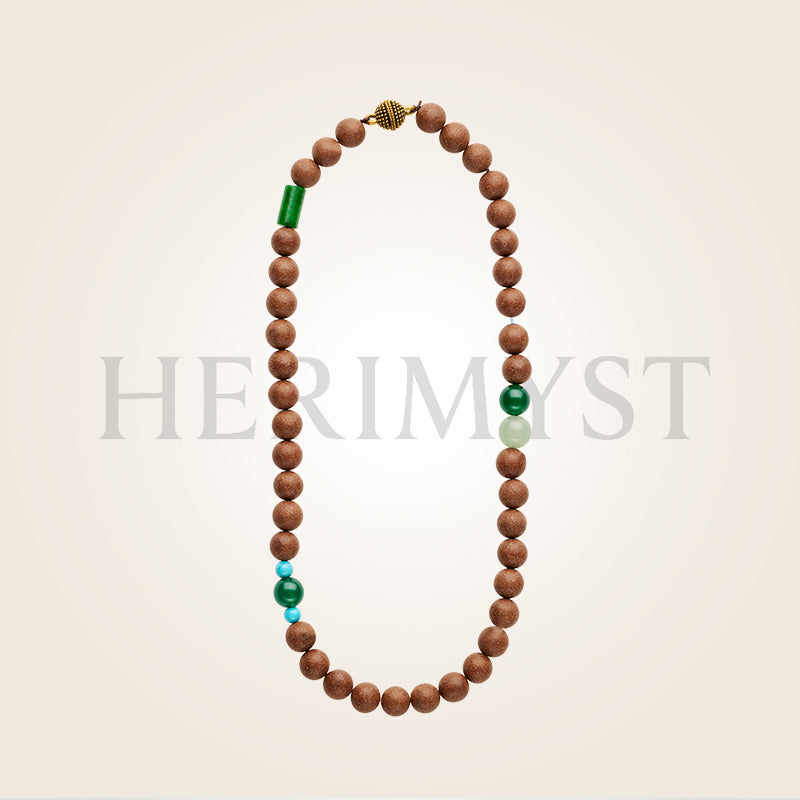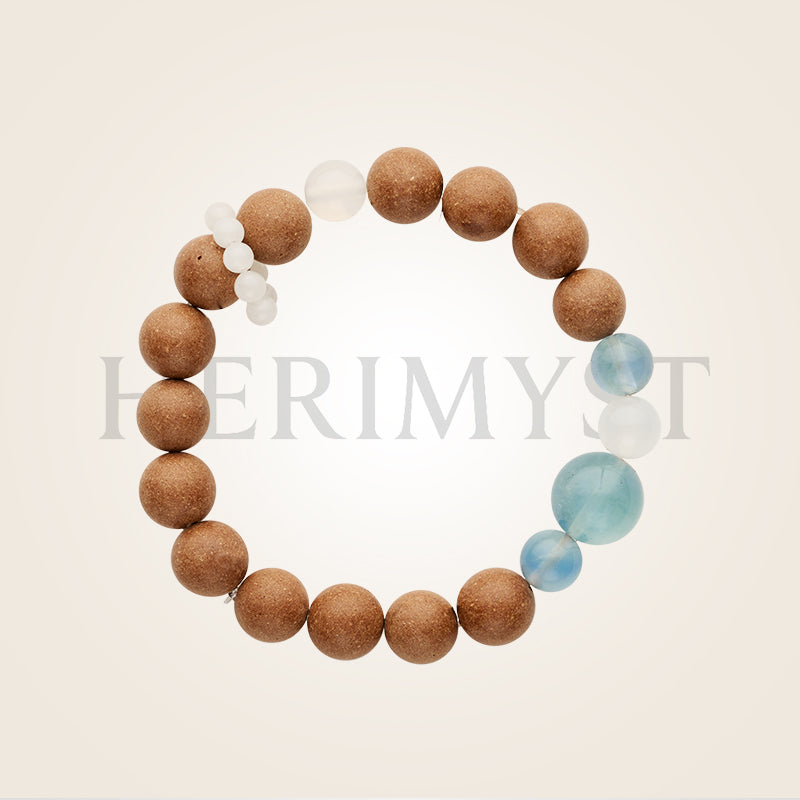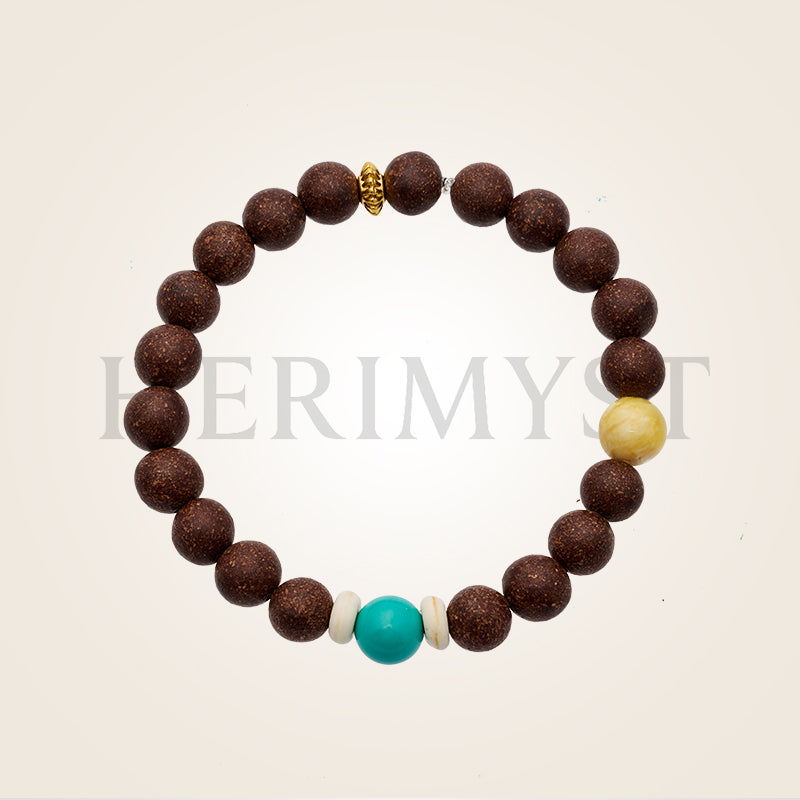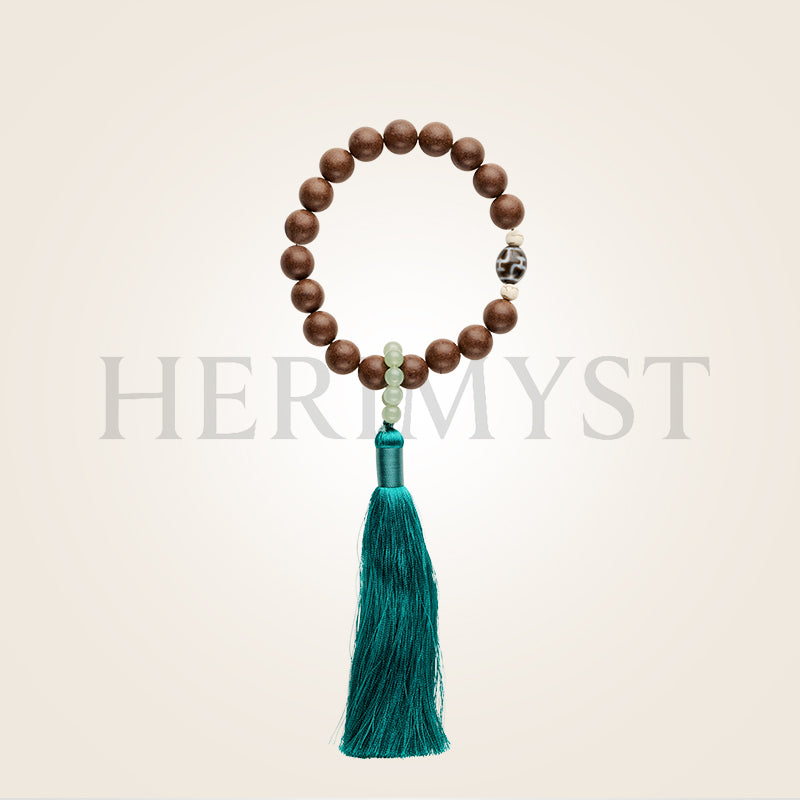Exploring the Ritual, Aesthetics, and Serenity of Traditional Chinese Incense
In the long course of Chinese civilization, incense has served as more than just a pleasant scent—it’s a bridge between body and spirit, nature and ritual, contemplation and creation. From ancient ceremonial rites to the private studies of poets and scholars, incense has carried meaning far beyond aroma.
1. Sacred Origins: From Temples to Everyday Life
The use of incense in China dates back over 3,000 years. During the Shang and Zhou dynasties, aromatic woods and herbs were burned in sacrificial rituals to communicate with the heavens. These early practices were recorded in classic texts such as The Book of Rites (《礼记》), which describes the burning of fragrant spices in ceremonial settings.
By the Han Dynasty, incense had transcended ritual use and entered daily life. Imported spices and locally cultivated herbs gave rise to a more refined incense culture. In imperial courts and scholars’ chambers, incense became part of life’s finer pursuits—a subtle yet profound expression of taste, refinement, and personal rhythm.
2. The Art of Blending: Harmony Through Nature
While the individual aroma of sandalwood or aloeswood may be captivating, ancient Chinese incense makers sought something greater: harmony through combination. This art, known as Hexiang (合香), involved blending multiple natural ingredients—woods, resins, flowers, herbs—into intricate formulas.
Crafted with precision and philosophy, these blends were guided by balance, seasonal sensibilities, and sensory refinement. Ancient incense manuals such as Xiang Pu (香谱) and Xiang Sheng (香乘) recorded the proportions, techniques, and tools of this practice.
The resulting incense was not merely fragrant—it was structured, intentional, and poetic. Sometimes worn in pouches or shaped into beads, it reflected the belief that scent could accompany one’s presence in both subtle and graceful ways.
3. Incense and Mindfulness: A Ritual of Stillness
In traditional Chinese culture, incense was often linked with introspection. Scholars burned incense while writing poetry or practicing calligraphy. Monks used incense to mark the passage of meditation time. The slow rise of smoke symbolized the breath, the mind, and the moment itself.
Rather than making direct health claims, ancient texts spoke of incense as a means to create space for focus, rest, and spiritual alignment. The fragrance was thought to "clear the heart" and "quiet the thoughts."
Today, this philosophy still resonates. In a world full of digital noise and constant demands, lighting incense can become a personal ritual—whether to accompany meditation, reading, journaling, or simply to mark a transition between tasks. A single breath of scent can signal a shift: from outside to inside, from noise to clarity.
4. Aesthetic Harmony: The Chinese Way of Incense
In addition to the olfactory experience, incense was part of a larger aesthetic tradition. The art of incense ceremony (香道) involved not just scent but also visual beauty, touch, and rhythm.
Ceremonial tools—such as incense burners, tongs, and trays—were crafted from jade, bronze, or porcelain, often engraved with poetic symbols. Arranging incense, lighting charcoal, and forming powdered incense into cloud-like patterns became a form of moving meditation.
This ritualized use of incense was considered one of the four arts of refined living, alongside tea ceremony, flower arrangement, and calligraphy.
Herimyst: Reimagining Incense for the Modern Soul
At Herimyst, we draw inspiration from this deep-rooted fragrance culture and reinterpret it for today’s wearers. By blending time-honored materials like sandalwood, frankincense, and aloeswood, we create incense bead bracelets and incense sticks that carry the essence of ancient calm into modern life.
Whether worn as a personal ritual or lit during moments of reflection, our products are designed to support intentional living and inner quietude.
Incense is more than fragrance—it is memory, emotion, and mindfulness made tangible.




